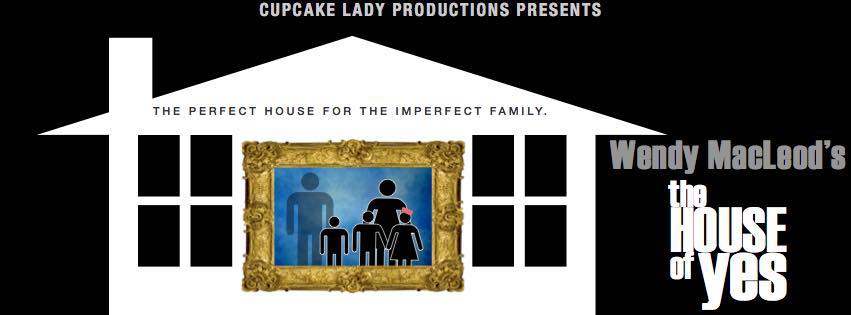
 If you think your family is crazy, you should watch “The House of Yes†to give yourself a frame of reference. The family created by the playwright Wendy MacLeod and the director Melissa Farinelli is not just “imperfect,†as the program describes it, but rather dysfunctional, marred by madness, incest and murder. As you watch their story unravel with a hurricane in the background, you realize that the storm outside causes less damage than the disaster behind the closed doors.
If you think your family is crazy, you should watch “The House of Yes†to give yourself a frame of reference. The family created by the playwright Wendy MacLeod and the director Melissa Farinelli is not just “imperfect,†as the program describes it, but rather dysfunctional, marred by madness, incest and murder. As you watch their story unravel with a hurricane in the background, you realize that the storm outside causes less damage than the disaster behind the closed doors.
It all starts with the homecoming of Marty (Leo Giannopoulos), who brings his fiancée, Lesly (Rita McCann) to his family on Thanksgiving. He has not been at home for a while, and his relatives, especially his twin sister, Jackie-O (Laura Mae Baker), are happy to see him. Lesly, however, receives a cold shoulder. For his or his own reasons, each of Marty’s relatives wants to separate the lovers, which keeps the audience in suspense.
The difference in Marty and Lesly’s social standing is a part of the problem. He comes from a wealthy family, and she was born in Pennsylvania to working-class parents. For this reason, Marty’s mother (Clare Solly), a tall (over 6 feet) authoritarian woman acts in a condescending way towards her future daughter-in-law. Lesly works as a waitress, and Marty loves that “she smells like powdered sugar.†His mother, however, labels his fiancée as the opposite of his sister and tells him that “men don’t marry women who smell like powdered sugar,†implying that his fascination with Lesly may pass.
Another concern is Jackie-O’s mental health. Since the moment we meet her for the first time, we notice her OCD habits. For instance, she freaks out that the brush “was on the same floor as the food.†However, in Lesly’s opinion, which she expresses freely, Jackie is rather spoiled than insane, and we can’t help but agree with this assessment.
Finally, there is also tension between Lesly and Marty’s brother Anthony (Ben Lorenz), who follows her into her room and does not get the hint to give her some privacy. “We never had a guest before,†he explains, but the audience does not buy his naivety. He is clearly enchanted by the young woman. He does not take his eyes off her and does not even try to conceal it.
As the action moves from the living room to Lesly and Marty’s room upstairs and vice versa, the crew turns the couch into the bed in just a few seconds and slightly rearranges other pieces of furniture and the characters’ possessions. The transformation informs the reader where the scene is set, and it happens so quickly that we barely notice it, too busy watching different characters collide like clouds and make thunder.
Thus, although the house protects the characters from the pouring rain, it cannot save them from the passions raging inside of them. Their darkest secrets come out. Their desires prevail over common sense. Since it is human nature to enjoy watching others sin and suffer, “The House of Yes†both entertains us and satisfies our need for compassion. Getting to know the characters, we find them believable and well-defined. Consequently, we can to relate to them and happily forget our more ordinary lives while inhabiting their tumultuous world for the duration of the show.

This show has a terrible director. Melissa Farinelli is simply not good at what she does.